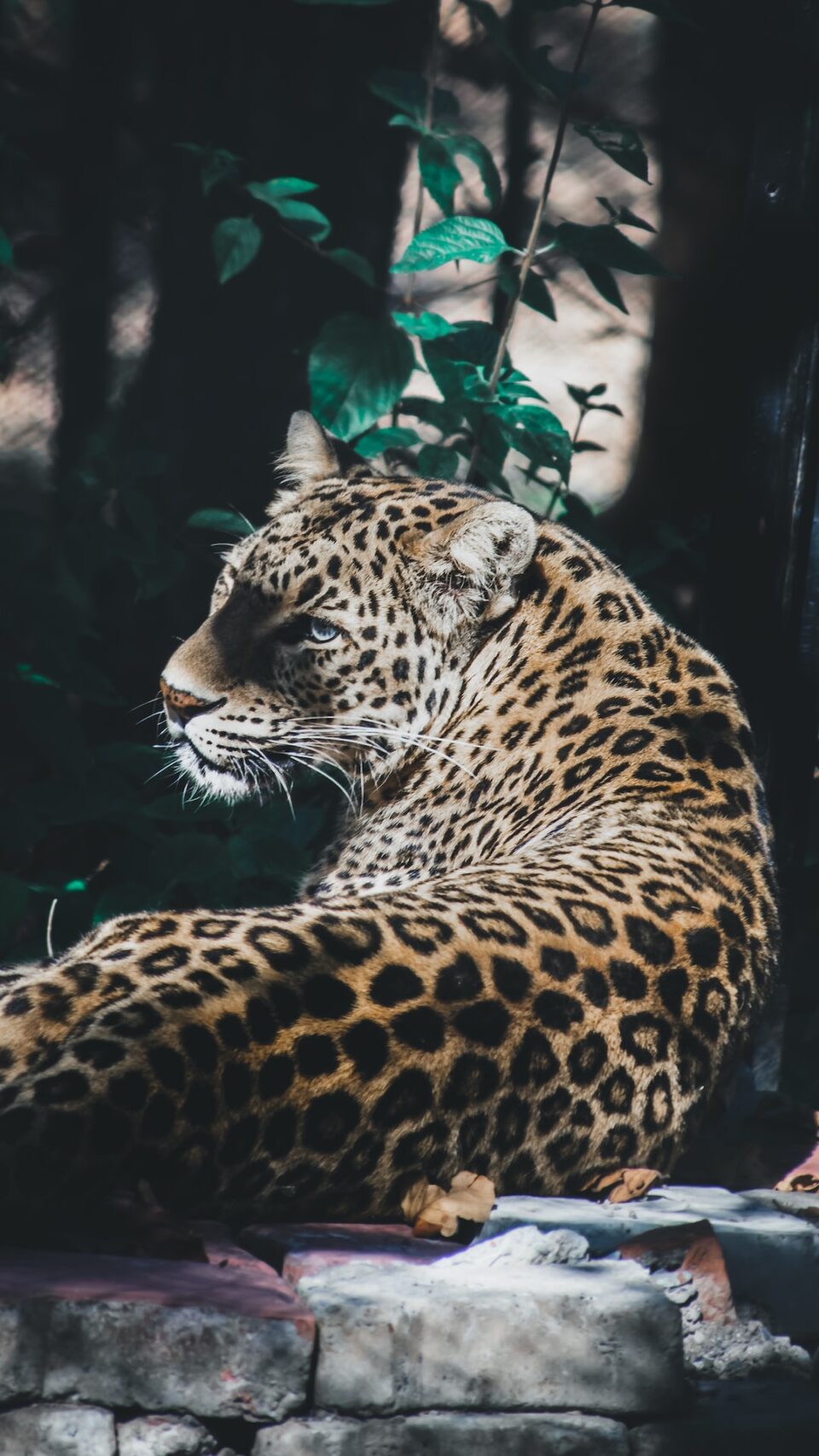From Beaks to Claws: Understanding the Diversity of Bird Species
Birds are one of the most diverse groups of animals on our planet. With over 10,000 different species, they come in all shapes, sizes, and colors. From the majestic bald eagle soaring through the skies to the tiny hummingbird hovering near a flower, birds exhibit an incredible range of adaptations and behaviors. In this blog post, we will explore the diversity of bird species, focusing on their beaks and claws.
One of the most distinctive characteristics of birds is their beaks. These specialized structures have evolved to help birds obtain food and perform various tasks depending on their ecological niche. For instance, the long, slender beaks of hummingbirds are adapted for sipping nectar from flowers. Their long tongues can reach deep into the flowers’ recesses to extract the sweet liquid.
In contrast, birds like finches have short, cone-shaped beaks that are adapted for cracking open seeds. Their powerful beaks allow them to access the nutritious contents inside, providing them with a vital source of energy. Similarly, birds like owls have sharp, hooked beaks, ideal for tearing apart prey, such as small mammals and birds. These beak adaptations enable owls to survive as predators in their respective habitats.
Birds also possess an incredible array of claws, which they use for various purposes. Raptors, or birds of prey, such as hawks and eagles, have sharp, curved talons that help them capture and hold onto their prey. These strong claws allow them to maintain a firm grip, ensuring that their meals don’t escape. Swimmers like ducks and swans, on the other hand, have webbed feet with claws. This enables them to navigate through water efficiently, as their feet act like paddles, propelling them forward.
Additionally, some bird species have specially adapted claws for climbing trees or perching on branches. Woodpeckers, for example, have strong, sharp claws that allow them to cling to vertical surfaces like tree trunks. They use their beaks as jackhammers, pecking into the wood to uncover insects hiding beneath the bark. The peculiar adaptation of woodpeckers’ beaks and claws enables them to exploit a niche that is unavailable to other bird species.
The incredible diversity of beaks and claws in birds can also be attributed to their diet specialization. For instance, birds that primarily eat insects have thin, pointed beaks to catch and skewer their prey. In contrast, birds that feed on fish, like pelicans, possess long, pouch-like beaks that can scoop up fish from water bodies. This variation in beak structure is a result of adaptation to specific feeding habits, highlighting the intricate relationship between form and function in birds.
The diversity of bird species is not only limited to their physical characteristics but also reflects in their behavior. Birds exhibit a range of behaviors, including courtship displays, nest building, and migration. For instance, male birds often perform elaborate courtship displays to attract potential mates. These displays can involve singing, dancing, and even complex aerial acrobatics. The diversity of mating rituals among bird species is both fascinating and visually stunning.
Migration is another remarkable behavior observed in many bird species. Each year, millions of birds undertake long-distance journeys to reach their breeding grounds or wintering grounds. This incredible feat of endurance and navigation relies on a combination of factors, including celestial cues, magnetic fields, and innate instincts. The diversity of bird migration patterns is astonishing, with some species covering thousands of miles while others undertake shorter journeys.
Understanding the diversity of bird species is essential for appreciating the intricate web of life on our planet. Birds play vital roles in ecosystems, including seed dispersal, pollination, and insect control. By studying their adaptations, behaviors, and ecological roles, we can gain insights into the intricate balance of nature and the need for conservation efforts.
In conclusion, birds exhibit an extraordinary diversity of species, each one uniquely adapted to survive and thrive in its environment. Through their beaks and claws, they have developed remarkable adaptations that enable them to find food, defend themselves, and navigate their surroundings. The intricacies of bird diversity highlight the complexity of nature and serve as a reminder of the wonder and awe that our planet holds.

